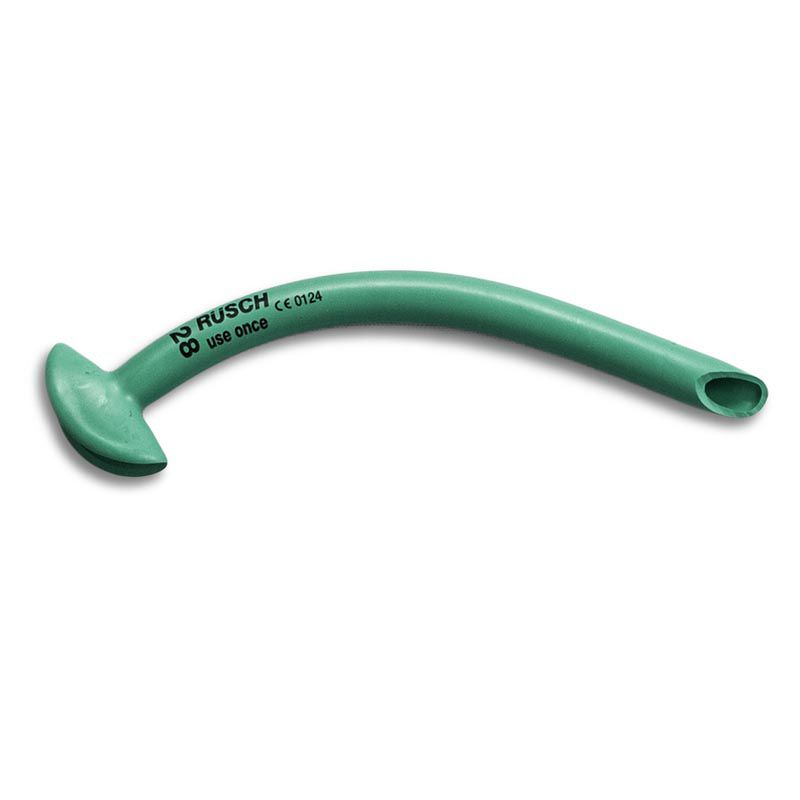Mechanical Airway Devices – NPA
Published (updated: ).
Nasopharyngeal Airway

Indications
These devices are used by emergency care professionals in situations where an artificial form of airway maintenance is necessary, but tracheal intubation is impossible, inadvisable, or outside the practitioner’s scope of practice. An NPA is often used in conscious patients where an oropharyngeal airway would trigger the gag reflex.
Contraindications
They are contraindicated in patients with severe facial trauma, as they may have an altered facial anatomy (particularly concerning the nasal passageways) and inserting an NPA may cause additional harm to the patient.

Preparation
Preparation for insertion of an NPA involves 2 steps. First, the healthcare provider obtains the correct size NPA, and second, the provider coats the NPA with lubricant, anesthetic jelly, or any water-soluble lubricant.
Insertion of an NPA involves the healthcare provider inserting the NPA into the nares with the concave side facing down to allow for insertion into the posterior pharynx behind the tongue. If there is resistance, the NPA can be rotated, which should allow the tube to fit snugly into the nares. Do not aim the NPA cephalad, but instead aim it straight back toward the occiput and along the nasal floor via the lower pathway of the naris.
Complications
NPA placement is absolutely contraindicated when the patient has a basilar skull fracture. Therefore, if placed in a patient with a basilar skull fracture you risk the NPA going cephalad toward the brain and causing central nervous system (CNS) damage. There are very few cases of that ever occurring, but the fact that it could happen should make one wary of placing an NPA in a head trauma patient. Other more common complications of NPA insertion include gastric distention from placing a larger NPA and injury to the nasal mucosa. When the NPA is too long for the patient, it can create a direct route of ventilation of the stomach, causing gastric distention, increasing vomiting risk, and decreasing oxygenation and ventilation of the lungs.
